
Eiko Jones has lived in Campbell River for 25 years, and he’s become quite well known for his up-close and personal underwater salmon photography since he began shooting 8 years ago. “Since we live in the salmon capital of the world, it made sense to me to focus on the lives of salmon in my work,” he says. “This is a niche that is not widely photographed. Well, it wasn’t a few years ago.” We spent some time with him and his filmmaking partner Kim Isles learning more about how they do it—and why.
IFM: What’s it like swimming with the salmon to get your footage?
EJ: It is amazing. Most of the time when I am filming the salmon, I am stationary in a pool or back eddy, laying motionless while they swim around me. I generally do not snorkel down the river with my camera gear. A lot of the time I am only in a few inches of water, with most of my body on shore. I also use a camera on a moveable arm called a crane or jib. This enables me to swing the camera into the water with the salmon so I don’t disturb them, and it keeps me out of the water, and therefore warmer. I generally only use this method for spawning sequences when they are the most sensitive to disruption. I mostly prefer to be in the water though, witnessing and filming their amazing behaviors.
IFM: Recently, you and Kim Isles formed a production company called Nourish Journey Productions to focus on two video documentaries: The Heartbeat of the River and Salmon Capital Campbell River, What led you to make these two films?
KI: The Heartbeat of the River film has been in production for about 3 years now, a natural evolution of Eiko’s salmon photography work and complementary to his forthcoming book about salmon. Filming Salmon Capital Campbell River came to us quite by chance when a friend told us about the Telus Storyhive platform (www.storyhive.com). The documentary parameters were perfect for telling the story of Campbell River and showcasing the importance of salmon, not only to the economy and identity of Campbell River, the Salmon Capital of the World, but as a keystone species to the entire west coast.
https://youtube.com/watch?v=55dFRbtxY1g
IFM: Have you and Kim worked together a lot?
KI: Salmon Capital is our first official project together under the Nourish Journey Productions label, although we did do a short film project together about ice fishing on Great Slave Lake in Yellowknife a few months ago. Outside of filmmaking, we have both operated our own businesses and have often worked together on marketing initiatives.
IFM: How are the two films different?
EJ: Heartbeat of the River is an intimate look at the amazing lives of the salmon of the Campbell and Quinsam Rivers. It is done in a hero’s journey story form, with no influence and inclusion of human activities around salmon. The intent is to cause people to feel more empathy and amazement at the struggle that salmon go through in their lives. It is a salmon-centric film, filmed mostly from the underwater perspective. Salmon Capital Campbell River is the story of how salmon shapes the identity of Campbell River and led to its crowning as the Salmon Capital of the Word. In it, we focus on the activities of multiple people in the town and how they interact with or exploit salmon as a resource. It is a look at the past, present, and future the town’s status as a destination for all things salmon.
IFM: Have you learned anything special or surprising while you’ve been making these films?
KI: Yes, a few things come to mind. While Eiko has been in the photography world for several years now, filmmaking is new to both of us, and we’ve discovered that “getting the shot” can be incredibly time intensive, especially when shooting nature. Nature has its own timeline and rhythm, and as such, filming a particular sequence can take days, if not weeks, and requires a great deal of patience.
I’ve also fallen in love with salmon. This was totally unexpected, but when you witness what these fish endure to journey back to their spawning grounds and the myriad ways they feed and nourish the ecosystem, one can’t help but be in awe of this amazing fish.
IFM: What’s your favorite scene or moment you’ve captured so far?
EJ: I have been trying for years to film Chinook in the actual act of spawning. I have most of the other species, but I really wanted Chinook for the Heartbeat of the River. This November, after 25 hours with the camera in the water over a period of a week, I came home dejected, thinking it was not to be. Every pair of fish I set up on did all the right moves, but I left at dark without seeing them actually spawn. The next day would I go back and see that they had spawned during the night. This was how it went for five days. After all the filming and with no more Chinook actively spawning, I sadly scrubbed through all the video I had shot and deleted many hours of footage. I did have some great scenes of fighting and redd building (salmon nest of gravel where females lay their eggs) which I was happy with at least. I was working backwards from the last day’s shoot and when I got to one of the first days wouldn’t you know it, there is a sequence of the fish spawning. The process of egg and milt release only takes a few seconds, and I had probably left my monitor to go look at other fish to see if there was a better pair to set up on. So I never saw the spawn or knew what I had. I let out quite a yelp when I saw this, sitting at my computer. All those cold days sitting there beside the river and I had the shot all along. So the moral of the story is, if at first you succeed, keep doing it anyway like you haven’t! And the bonus [is] the footage was good and in focus, always a good thing for a filmmaker to see.
IFM: Filmmaking of this nature can’t be cheap and must take a lot your time. How are you funding these films?
KI: Yes, filmmaking is both time intensive and expensive. We have been very fortunate in that we have received a grant for Salmon Capital Campbell River via the Telus Storyhive platform and some private funding for both films. That said, we are currently seeking additional funding and have funding packages available if anyone is interested in supporting either of our projects.
IFM: What are the most important takeaways you hope people get from these films?
EJ: As a photographer, I have always strived to capture images that are different and help make people appreciate and understand our world a little more, especially with my underwater photography. This world is not easily seen by most people, so it is a great way to bring awareness to the life that exists below the waterline. In the same way, we hope our films inspire people and cause wonderment and greater understanding. This goes for the salmon and associated watersheds, as well all for Campbell River. By showing the diverse ways people interact with salmon, we hope to create a place of conversation and introspection about how we live in conjunction with this keystone species on the coast.
IFM: When do you expect these films to be complete and where will people be seeing them?
EJ: Salmon Capital Campbell River will be delivered to the broadcaster (Telus) in June 2020. We are not sure of the exact date it will be released. We will be able to do screenings as soon as it is released.
Heartbeat of the River‘s planned release is May 2020. We will be doing screenings and entering into some film festivals.
IFM: Do you have any advice for aspiring filmmakers?
EJ: Just do it! Grab a camera, find a story that is compelling, and show it in a new and interesting way. And surround yourself with and be willing to get advice from people that you admire in the industry.
KI: Know who your audience is. Sometimes you will discover that your film has more than one audience and that they are quite different. This will help fine-tune the storytelling process and lend clarity to the film’s intended message. Also, if possible, find a mentor who will not only champion your efforts but help guide the process and give critical feedback.
EJ: One last thing, Joel. In support of our upcoming documentary, Salmon Capital Campbell River, we thought it would be fun and meaningful to capture the essence of our town, Campbell River, in sculpture. We’ve commissioned renowned driftwood artist Alex Witcombe to create a giant 20 foot salmon out of driftwood from our local shores and we are seeking your support to bring this masterpiece to life. We invite you to donate any amount you like. $5, $10, $50 or something more. Every dollar will go towards making this sculpture a community treasure for years to come.
For more information about these films and current trailers, check out https://nourishjourney.com/.
Photos all provided by Eiko Jones
One Comment
Leave A Comment
Visit the Store
$34.99
$34.99
Featured Catch
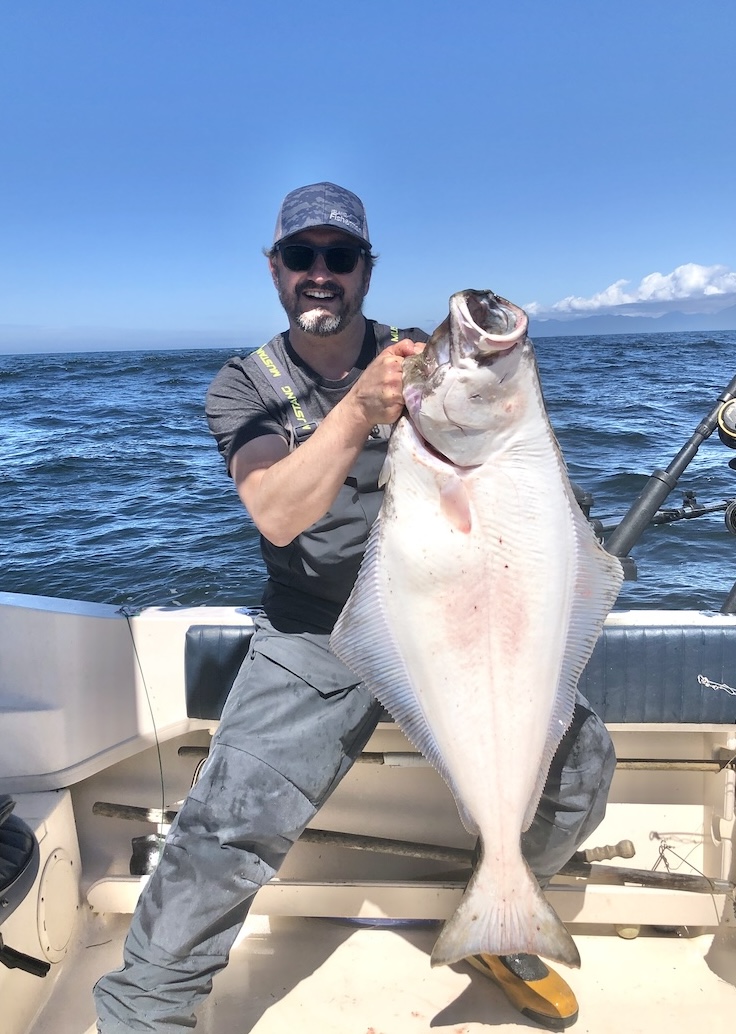
Joel Unickow halibut (Photo: Rob Frawley Lucky Strike Sportfishing Tofino)
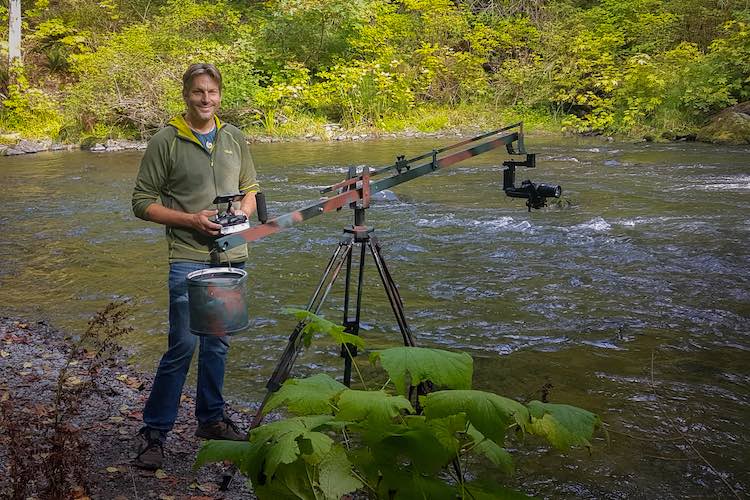

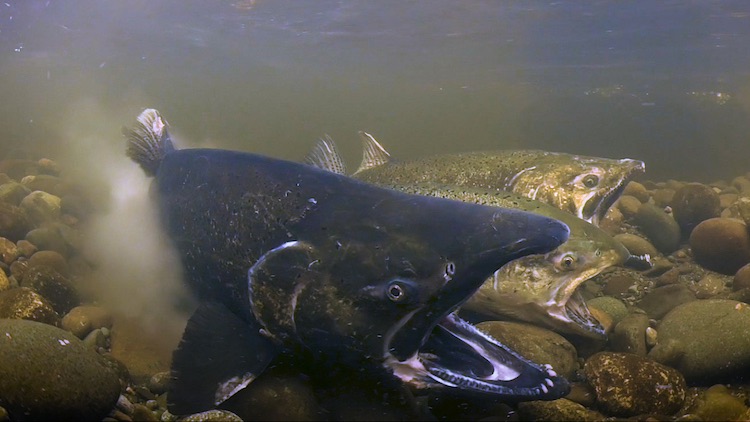
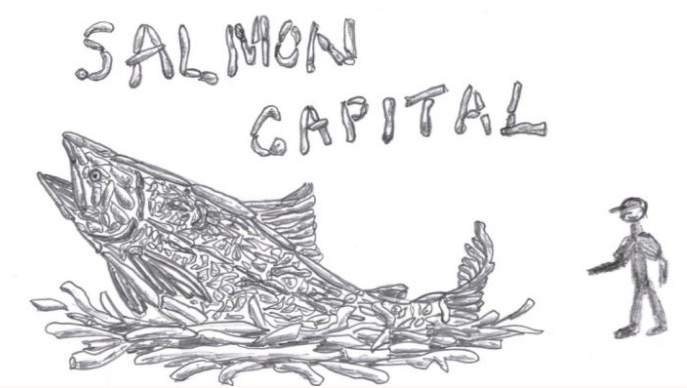

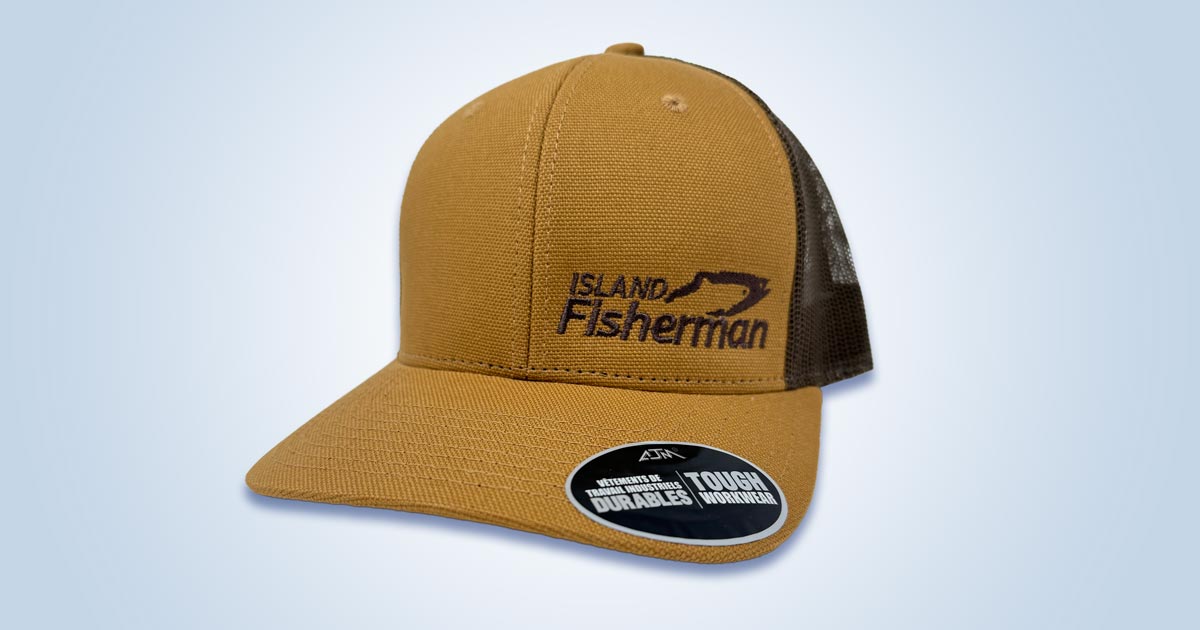

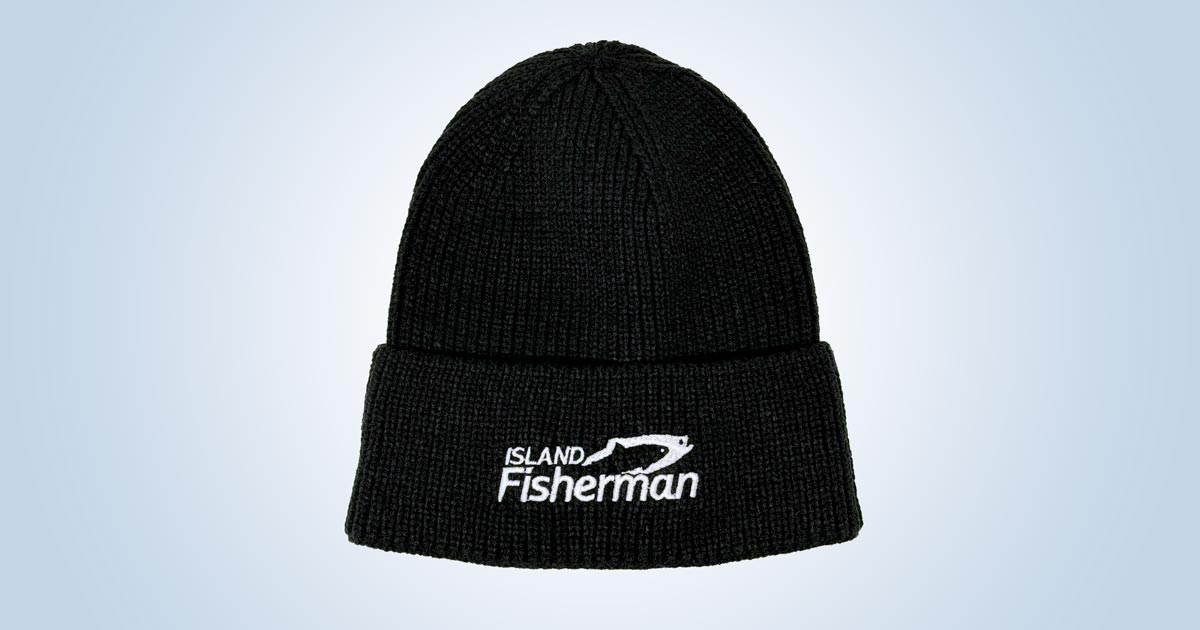
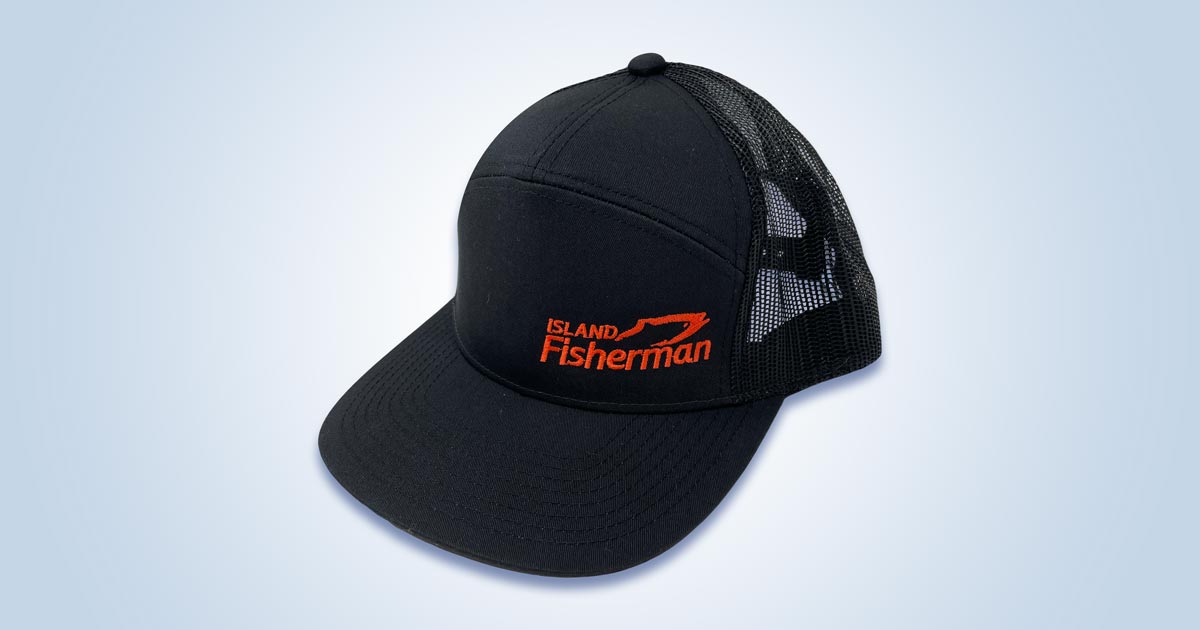
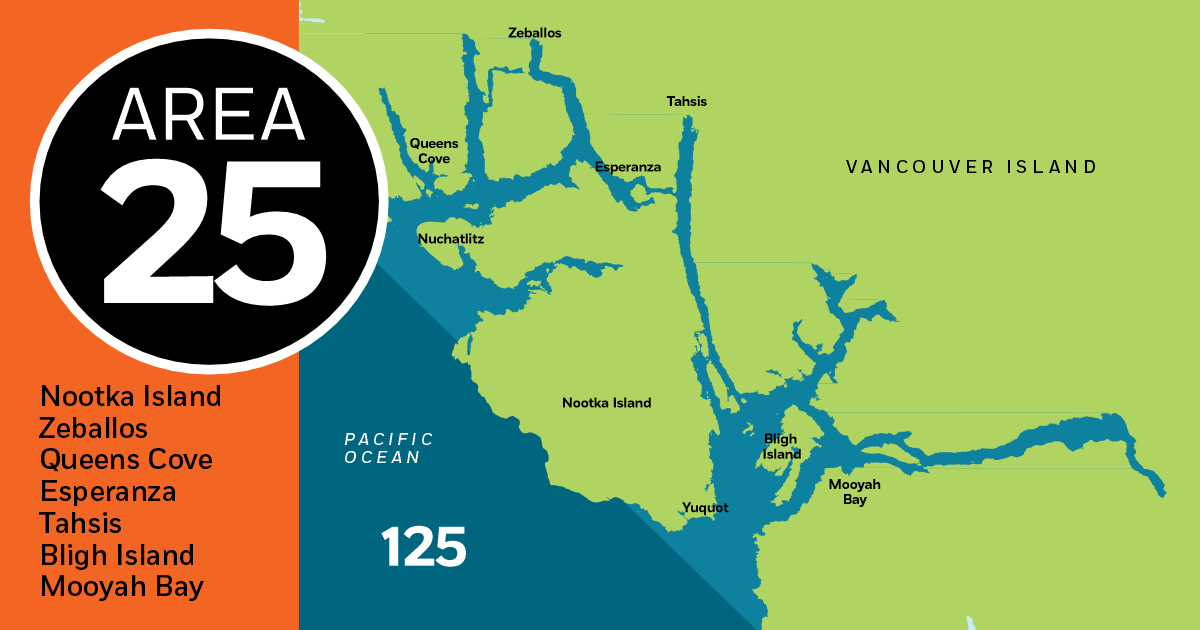
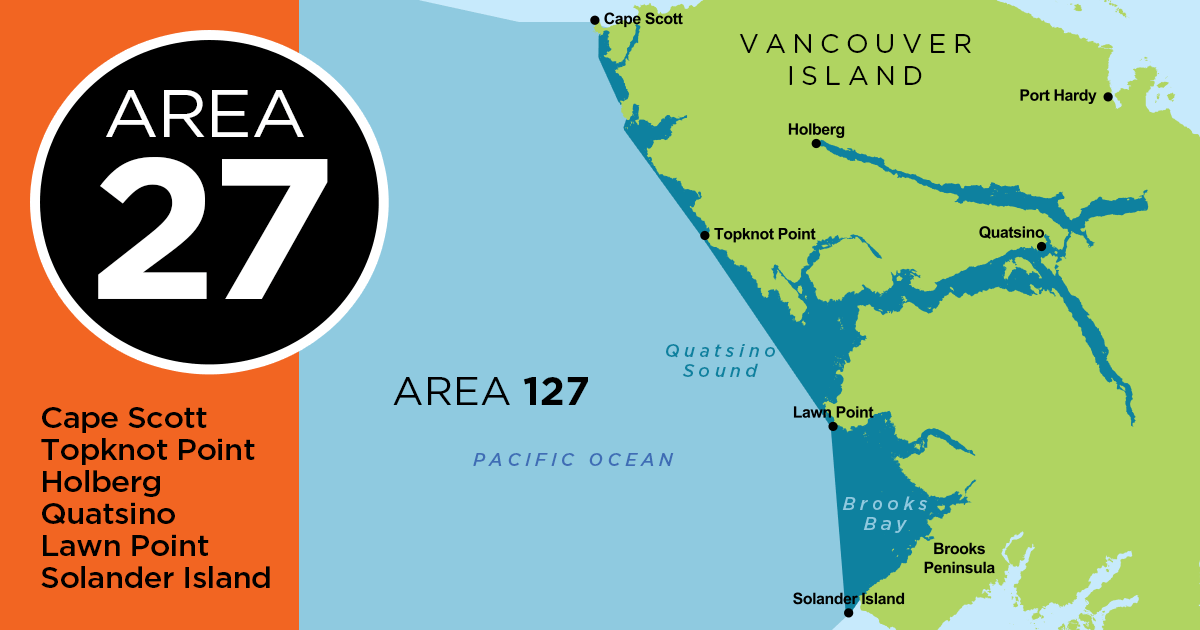
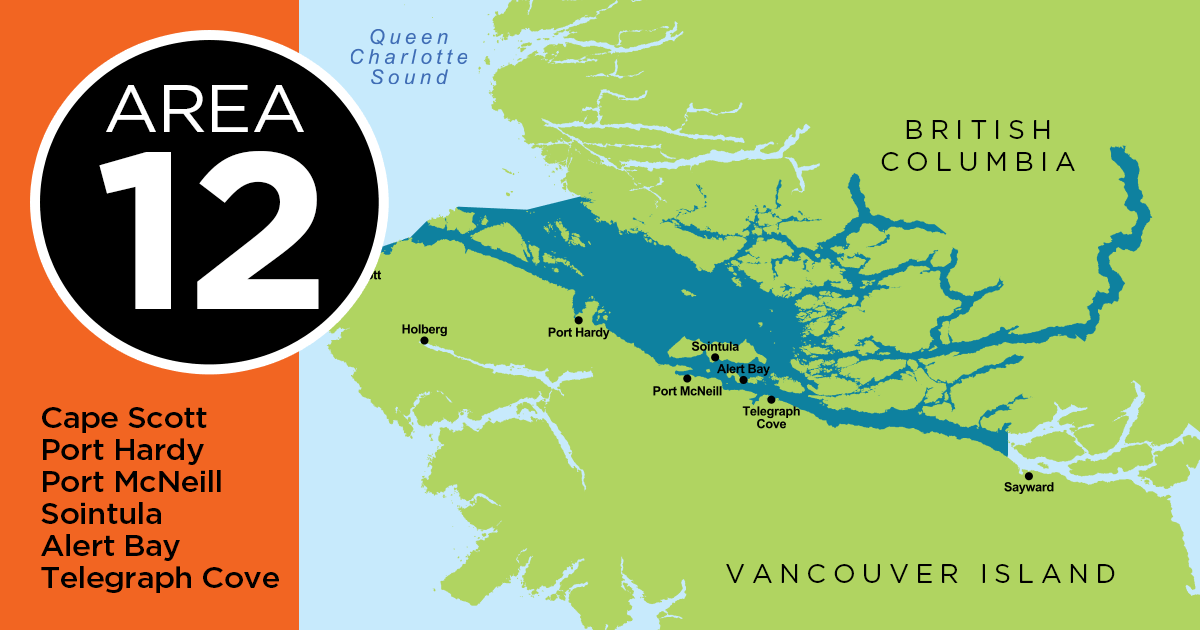
hi there
Down here in New Zealand our Chinook salmon complete the spawning cycle in April/May
Please find attached a link to my You Tube channel with many spawning videos taken over the last few years.
Best Regards Kevin Belcher.
https://www.youtube.com/channel/UCMKnIiHQuMMh4UYpNzMF-Jw